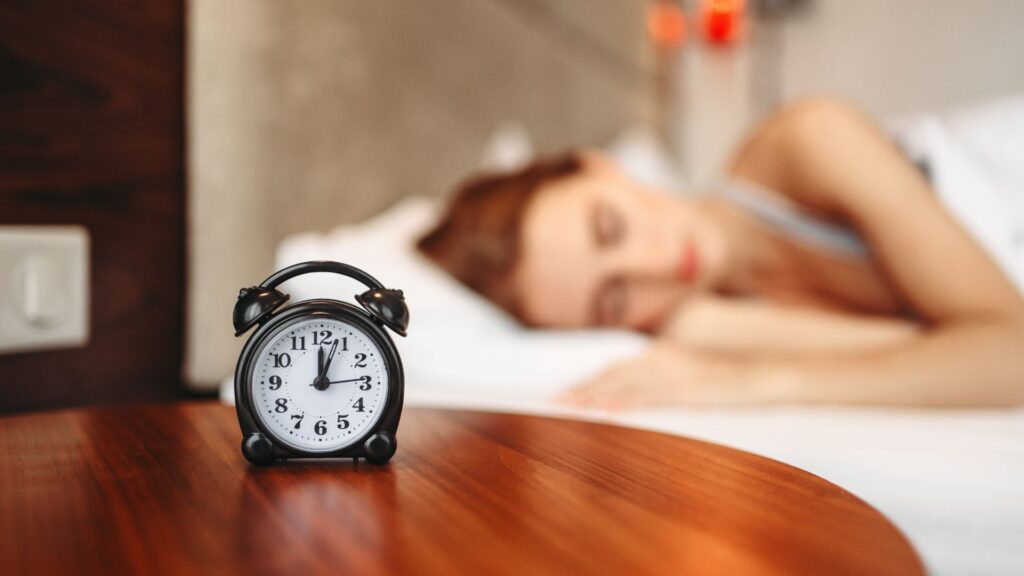Transcranial Magnetic Stimulation (TMS) is an innovative, non-invasive treatment widely used to address mental health disorders such as depression, anxiety, and chronic insomnia. As TMS therapy becomes more common, patients and clinicians alike are interested in its effects on sleep patterns. Since quality sleep is vital for emotional and physical health, understanding whether this disrupts or promotes healthy sleep is critical for treatment planning and patient reassurance.
This article will explore the relationship between TMS treatment and sleep by reviewing current scientific research, clinical findings, and patient experiences. It aims to clarify common concerns about sleep disruption, explain the mechanisms by which it may influence sleep, and provide practical insights for those considering or undergoing this particular kind of therapy.

Overview of TMS Treatment
TMS functions by delivering painless magnetic pulses to targeted regions of the brain, usually the dorsolateral prefrontal cortex. These pulses modulate neural activity and promote brain plasticity, which can relieve symptoms of depression and other disorders. Treatment protocols typically consist of daily sessions for several weeks, each lasting about 20 to 40 minutes.
The U.S. Food and Drug Administration has approved the therapy for treatment-resistant depression, and ongoing research explores its benefits for other neuropsychiatric conditions, including insomnia and anxiety disorders. Unlike medications, the treatment does not involve systemic side effects, making it an attractive alternative or complement to traditional treatments.
Transcranial Magnetic Stimulation is often recommended for people with major depressive disorder who haven’t improved with medication or therapy, and it can also help with anxiety, OCD, and other mood-related conditions. Non-invasive and well-tolerated, it targets specific brain areas to restore healthy function, offering effective relief without the common side effects of medication.
Relationship Between TMS and Sleep
Many patients initially worry that the stimulation of brain activity from TMS might interfere with their sleep. However, scientific evidence indicates the opposite: The procedure may enhance sleep quality, particularly in individuals with depression or primary sleep disorders. The therapy appears to influence brainwave patterns that regulate sleep architecture, such as increased slow-wave sleep and normalized REM sleep.
By alleviating anxiety and depression, sleep is better supported, as these conditions often contribute to insomnia and fragmented sleep. The modulation of neural circuits involved in arousal and relaxation during TMS might help reset dysfunctional sleep patterns rather than causing disturbances.
Scientific Studies on TMS and Sleep
Numerous clinical studies support the notion that TMS does not disrupt sleep; rather, it frequently improves it. For example, research involving patients with depression showed significant reductions in insomnia severity following repetitive TMS (rTMS). One large study found substantial improvement in sleep initiation, maintenance, and daytime alertness after 15 to 30 sessions of active TMS compared to sham treatment. Metrics related to sleep-wake transition disorders and excessive daytime sleepiness also improved remarkably.

Mechanisms Supporting Its Effects on Sleep
The beneficial effects of TMS on sleep arise through several mechanisms. By promoting neuroplasticity—changes in synaptic strength and connectivity—it helps rewire dysfunctional brain circuits linked to both mood and sleep regulation. Improved neural efficiency in areas governing mood reduces depressive symptoms, which are closely tied to poor sleep.
The modulation of neurotransmitter systems, such as serotonin and GABA, supports sleep stability and reduces hyperarousal. Enhanced sleep quality, in turn, facilitates the brain’s ability to consolidate TMS-induced neural changes, creating a positive feedback loop between therapy and sleep. This multifaceted mechanism explains why patients often report improved sleep alongside mood enhancement, highlighting the integrative nature of the therapy’s effects on the brain.
Clinical Implications and Patient Experience
For many patients, TMS presents a non-pharmaceutical treatment option that can effectively address symptoms of depression, anxiety, and sleep disturbances without the cognitive fog or dependency risks associated with medications. Side effects are generally mild and transient, typically including scalp discomfort or headache during sessions, but serious sleep disruption is rare.
Patient reports frequently emphasize improved sleep patterns, including falling asleep faster, fewer awakenings at night, and increased total sleep time after completing a course of TMS therapy. Clinicians increasingly recognize it as a valuable tool for patients with co-occurring mood and sleep disorders. Tailoring protocols to target both conditions may maximize therapeutic outcomes, enhancing quality of life through better mental health and restorative sleep.
Final Thoughts from Quantum Wellness Center
Through direct neurostimulation and indirect effects on mood and arousal systems, it enhances sleep initiation, continuity, and restorative sleep phases. Patients considering TMS should discuss any sleep concerns with their healthcare providers, but current research provides reassurance that it is a safe and effective therapy that can both alleviate psychiatric symptoms and promote healthier sleep patterns. As TMS technology and protocols continue to advance, its role in integrated mental health and sleep care is likely to expand.
For individuals looking for a medication-free, evidence-based method to address depression and various mental health concerns, Quantum Wellness Center in Sarasota, Florida, provides transcranial magnetic stimulation treatment within a serene and upscale setting. This advanced therapy enables patients to initiate their journey toward emotional well-being and revitalized energy. In this tranquil haven, hope blossoms and new beginnings are nurtured, guiding each person toward a brighter, more vibrant future.



